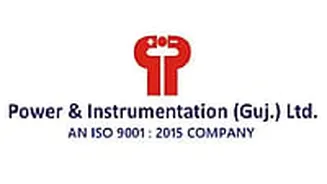Finance Minister Nirmala Sitharaman on Tuesday chaired the fourth pre-Budget consultation with the stakeholders from the capital markets to discuss the next Union Budget 2026-27. According to CNBC-TV18
citing sources, market participants urged the government to reduce the securities transaction tax (STT), especially on cash market transactions.
The industry also pushed for reforms in the buyback taxation, calling for the levy to apply only on the profit component of a buyback instead of the entire amount, according to the report. Steps to boost retail participation in the equities markets were also discussed, along with a proposal to raise retail ownership from the current 5% to 8% over time.
Union Minister for Finance & Corporate Affairs Smt. @nsitharaman chairs the fourth Pre-Budget Consultation with the stakeholders from the capital markets in connection with the forthcoming Union Budget 2026-27, in New Delhi, today.
The meeting was also attended by Union… pic.twitter.com/RT5LmWZMrI
— Ministry of Finance (@FinMinIndia) November 18, 2025
What’s STT, And How Does It Impact Investors?
The Securities Transaction Tax (STT) is a tax levied on the purchase and sale of securities on recognised stock exchanges. Introduced in 2004, it applies to equity shares, derivatives, equity-oriented mutual fund units, and ETFs. The tax is collected upfront by the exchange and passed on to the government, making compliance automatic and eliminating the need for separate filing.
Current STT Rates, How STT Works
The rate of STT differs depending on the type of transaction:
- For equity delivery trades, STT is charged on both buy and sell sides.
- For intraday and derivatives, it is typically levied only on the sell side.
- Options attract STT on premium, while futures attract it on the contract value.
Because the tax is charged on every trade, the impact compounds for frequent traders and high-volume participants such as proprietary desks, HNIs, and institutions.
As of now, STT on cash-market delivery trades is 0.1 per cent on both the buy and sell side, which is Rs 100 per Rs 1 lakh of trade value when you buy, and another Rs 100 per Rs 1 lakh when you sell. Intraday equity trades attract STT of 0.025 per cent (Rs 25 per Rs 1 lakh) on the sell leg only. In the derivatives segment, the tax is 0.02 per cent on the sale value of equity futures (Rs 20 per Rs 1 lakh) and 0.1 per cent of the option premium on the sale of equity options; if an option is exercised, a separate STT is levied on the intrinsic value at settlement.
How Can Lower STT Benefit Investors?
STT directly raises the cost of trading. Even a small reduction benefits:
- Retail traders, by increasing net return on intraday and F&O trades.
- Derivatives markets, where margins are already tight and volumes are high.
- Liquidity, as lower trading costs can encourage participation.
In the run-up to Budget 2026, this has become a key demand from market leaders looking to keep transaction costs competitive.
















